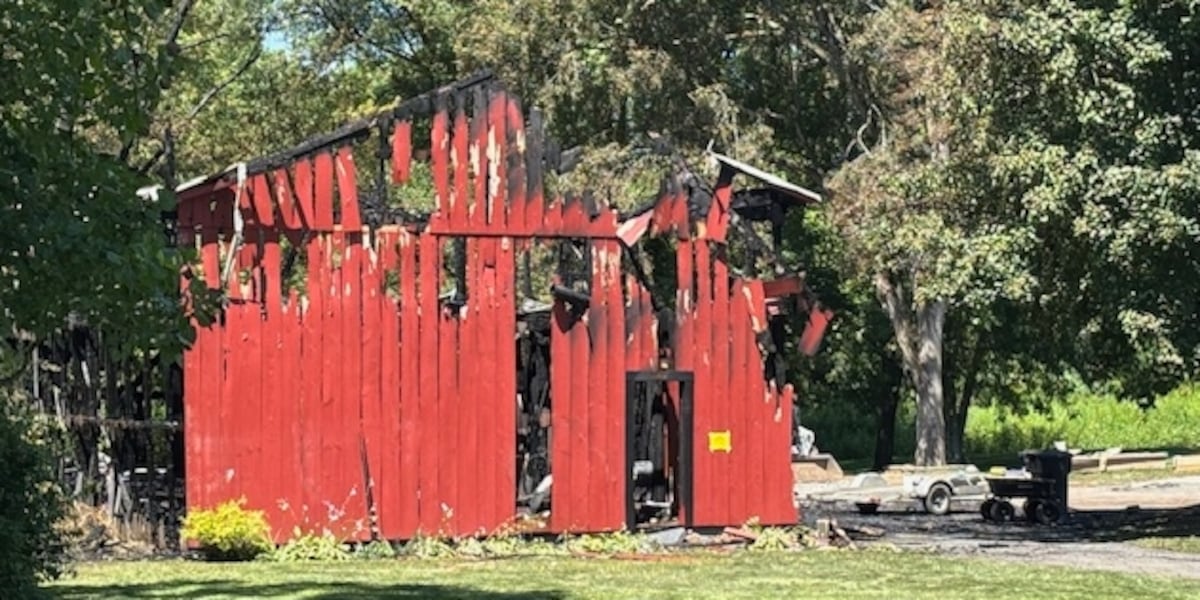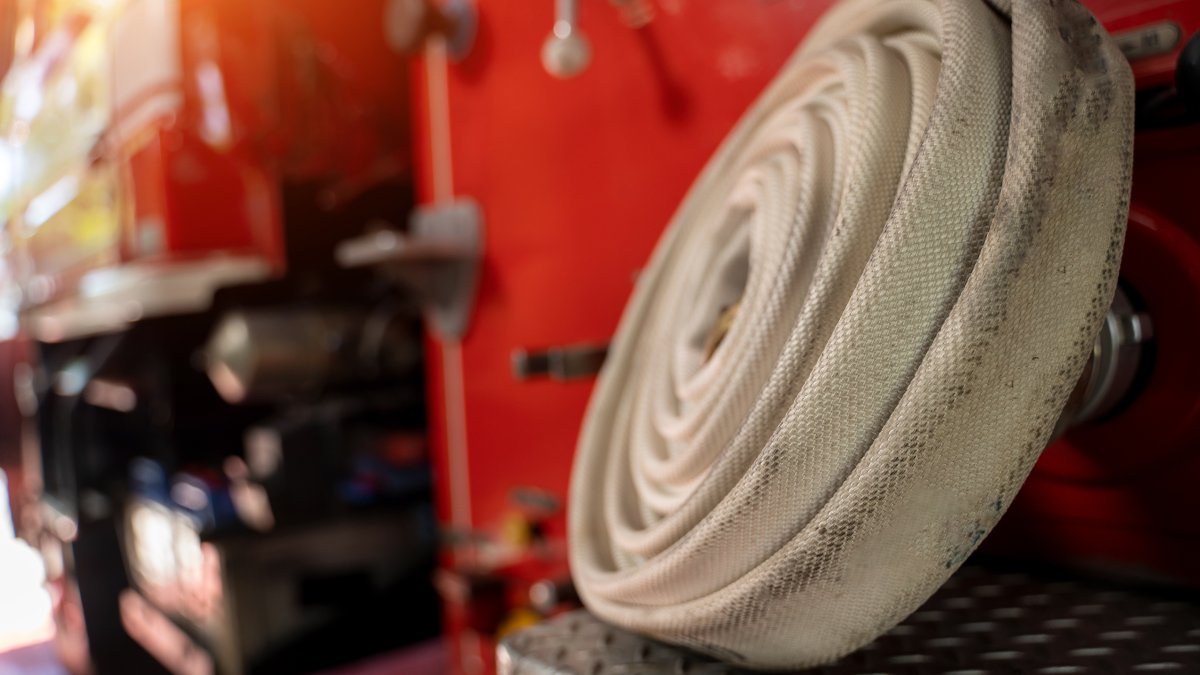Connecticut grown tobacco leaf was world famous as wrappers around tobacco products imported from as far away as Cuba in the 19th century. Around the time (1874) that Southern Westchester county (which later became the borough of the Bronx) was incorporated as a part of New York City, one of the primary industries of the town of Morrisania was the manufacture of cigars, cheroots, and later cigarillos. The base tobacco was imported to Port Morris in Mott Haven. Tobacco leafs grown in northern Connecticut were shipped down on the New York New Haven and Hartford railroad to Morrisonia (which was home to a huge railroad depot) to complete the manufacturing process. For some reason the soil in that part of Connecticut yielded a tobacco leaf that was ideal as a wrapper for cigars etc that were then shipped around the world. It was one of Morrisonia's primary industries and one of the the reasons for the organization of Hook & Ladder Company 18 (later Engine 50) in the Morrisania Town Hall and Engine 42 just up the hill on Fulton Avenue.
The tobacco barns I referred to were very long (100 ft+) and still in operation until the early part of this century. The large tobacco leafs were draped to dry over long cords that stretched the entire length of the structure. The barns were still visible along the roadside leading to Bradley Airport until recently.


 www.nbcconnecticut.com
www.nbcconnecticut.com
